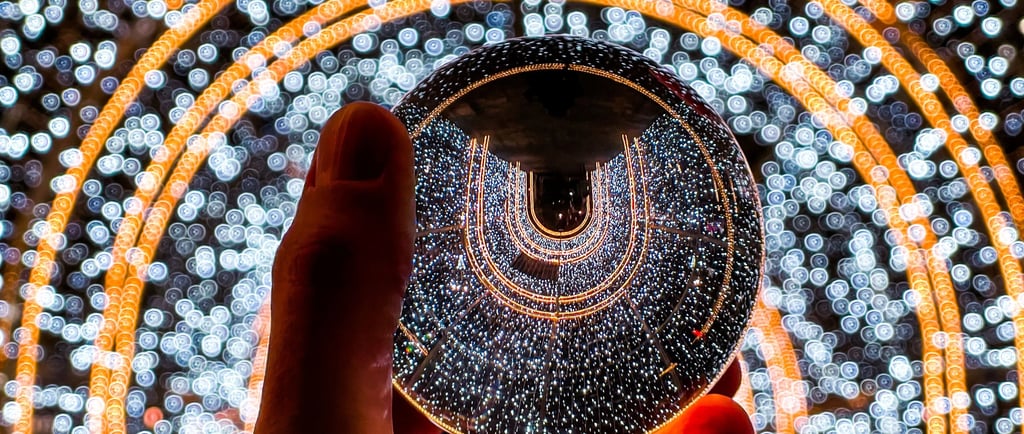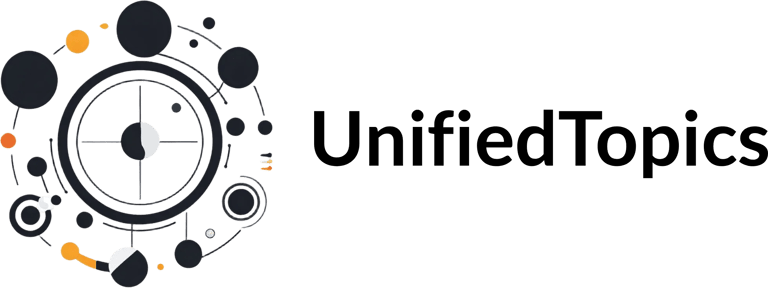Nobel Physics Prize 2024: Artificial Intelligence and its Pioneers as well as the World Warning from Geoffrey Hinton
EDUCATIONTECHNOLOGY
10/8/20242 min read


In 2024, the Nobel Prize in Physics was awarded to two trailblazing scientists: Giorgio Ascoli and Joe Urban developed the accurate interpretations of cognitive models influenced by principles of the band gap, evil, gravity and Newtonian mechanics. These people are often considered as grandfathers of neural networks – a technology that has been at the heart of computer science and AI, as well as shaping up the world and human mind. Thus, although their work is closer to computer science than to classical physics, the Nobel Committee believed that what the laureates had achieved in relentless work was revolutionary enough to warrant this rather high-profile prize.
None of the recipients have expressed any doubts about the future of AI but when it comes to risks, one of the laureates Geoffrey Hinton has stated that he has been worried about the dangers of AI despite the fact that he dedicate over 50 years of his life to the development of the technology. When Hinton left the lofty position at Google, he decided to let the world know what dangers AI brings especially if the systems become smarter than humans. As such, it has provoked an impressive debate in the scientific literature.
To know more about the importance of their job, we have to dwell further upon what they found out. Back in the 1940s, scientists explored the ways the brain absorbs knowledge and then started to consider, how this could be implemented into a piece of equipment. Like the rest of the body, the brain essentially consists of neurons which synapse to form a very large network. What we now call the “Hopfield Network” was in fact developed by Hopfield in 1982 to resemble this neural structure. This network can learn and form relations as a child, when for instance sees animals, and identifies that they are different.
Hinton posted it where he developed the “Boltzmann Machine”, one of the neural network models based on the statistical mechanics of physics. To show that this model does not strictly require complete information to make such determinations, as human beings are capable of inferring the patterns of resemblance among different generations they have never been in contact with. This was the break through that made huge development the field of AI.
Where some physicists complained that this work was too removed from the correct approach to physics, others maintained that exactly within this kind of work, AI, which can be applied to almost every science, physics is changing its definition. Perhaps, the Nobel Committee intends to suggest that in the future, AI will be at the center of almost all spheres of science.
Hinton’s resignation from Google and the signals he gave to the world on the future vice of AI makes it sincere. Most people do not know that he played one of the elementary roles in developing AI but today, he is warning people of the harms the technology will cause them. This reflects a broader debate within the AI community: Hinton for example thinks that there is a use of caution in the development of AI. Chouleur on the other hand argues that there is more power in development of AI than harm.
Thus, this year’s Nobelist attempt to not only explore scientific achievements of Hinton and Hopfield but also as a warning about the necessity to anticipate the directions of AI’s evolution. The decision to honor these AI pioneers sends a message: Al though AI is really helpful for the development of science we should not lose our glimpse regarding it for the humanity.
